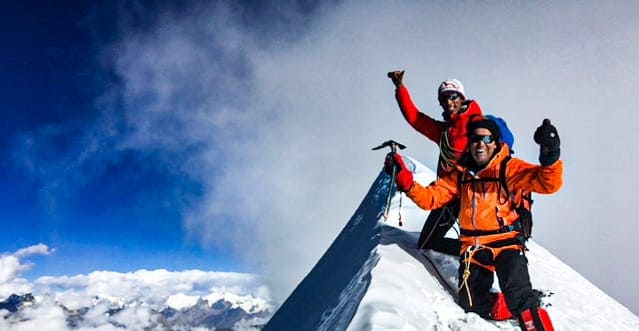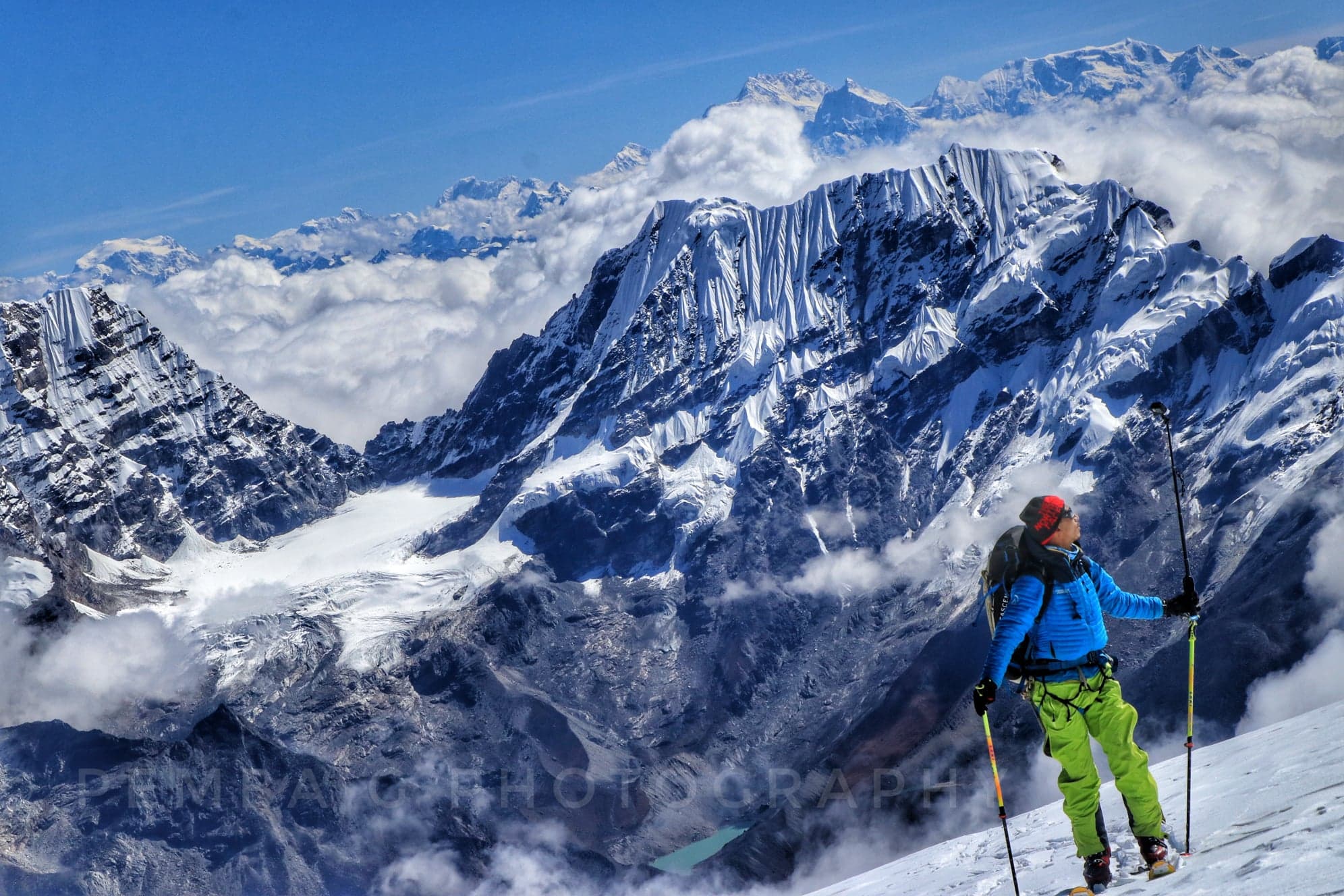Our team is here to support you 24/7. Please feel free to provide your queries. You will get response within few minutes.




Chulu Far East, 6059 m, is considered the most straightforward of the three Chulu Peaks, however the typical Chulu Far East Peak expedition includes the popular Thorang La pass to add to the overall adventure.
Chulu Far East Peak at 6059 meters is the easiest of the three Chulu peaks, though by no means easy. A grueling climb to the summit can be reached from base camp, or a high camp can be used. There is a steep walk in snow up to the col at 5500 m. Climbing Sherpas will fix ropes for the steeper sections.There is a small serac just below the summit ridge.The summit is fairly exposed. The summit view is similar to Chulu East Peak.
The Chulu Far East Expedition follows the route of the Annapurna Circuit Trek and begins in the fertile low lands of Marshyandi Valley, at Besisahar and climbs along the river to reach the remote village of Chame. After ascending Chulu Far East, we descend to Manang, and continue the Annapurna Circuit trail leading to Yak Kharka, Leather, Phedi and High camp before crossing the Thorang La Pass 5416 m.
We then start descending toward Jomsom via Muktinath, Kagbeni. We fly to Pokhara from Jomsom, a thirty-five minute flight, and spend the rest of the day soaking up the luxuries of Lakeside.
for more information send us Email: guidepembageljesherpa@gmail.com

20 days Trekking is Peak Climbing / (SKILL LEVEL: moderate)
Day 1: Welcome to Kathmandu and transfer to your hotel.
Day 2: Preparation and sightseeing around Kathmandu
Day 03 :Drive (approx. 10 hrs) from Kathmandu to Syange or Jagat village via Besishahar , stay overnight at lodge.
Day 04 :Trek to Dharapani, stay overnight at lodge.
Day 05 :Trek to Chame, stay overnight at lodge.
Day 06 :Trek to Pisang, stay overnight at lodge.
Day 07 :Trek to Nawal stay overnight at Lodge
Day 08 :Acclimatization day at Nawal.
Day 09 :trek to chulu BC overnight at tent camp
Day 10 :Trek to Chulu high Camp, stay overnight at tented camp.
Day 11 : Summit chulu east or Acclimatization day if needed or Reserved day if in case bad weather.
Day 12 :Summit Chulu East and back to BC Tent
Day 13 : trek to Manag overnight at lodge
Day 14 :Trek to yak kharka stay overnight at lodge.
Day 15 :Trek to Thorong high camp stay overnight at lodge.
Day 16 :Trek to Muktinath by Thorong pass (5,350 m stay overnight at lodge.
Day 17 : Drive to Jomsom 2-3 hrs stay overnight and relaxing
Day 18 : Fly form Jomsom to Pokhara (25 minutes fly and visit Pokhara valley, Explore lake side- overnight at Hotel.
Day 19 : Fly from Pokhara to Kathmandu (30 minutes) .
Day 20 : International departure!
Expeditions High Mountain has compiled a list of essential equipment, personal medical provisions, and a summary of medical conditions likely to encounter during high altitude mountaineering. We hope this helps you in your preparation for the expedition. You might already have most of the equipment anyway but it never hurts to have a checklist at hand. A basic rule of thumb to keep in mind: carry a spare of every piece of equipment necessary for survival whenever possible. And think broad: Sunglasses might sound like a trivial item but if you lose or break your pair on the mountain, you will suffer from snow blindness which can be fatal high up on the mountain simply because you’ll be unable to descend – carry a spare. And equally important, make sure you are familiar with all of your equipment, especially new pieces. You should be able to use everything under even the most adverse conditions.
This list should be considered as an essential summary and, naturally, it might be incomplete. Expeditiousness are encouraged to conduct further study and practical exercises to familiarise themselves with the equipment. You should also be familiar with the medical terminology and have a basic understanding of medical conditions related to high elevation, cold, wind, excessive sun radiation as well as injuries likely to sustain in the outdoor situations, particularly in high and remote mountainous areas. While most of this will only be relevant in emergency situations – which we all hope never to encounter –it’s better to come over-prepared; your life might depend on it.
___________________________________________________________________
___________________________________________________________________
For undergarments we recommend Merino wool – or one of the new mixtures between Merino and synthetics (Icebreaker and Odlo are two highly recommended brands).Quality as well as comfort are essential in extreme conditions so don’t look for cheap options. Merino wool is popular because of its softness and breath-ability while providing excellent insulation. It can absorb water very well and takes moisture away from the body which keeps you dry and warm. It has natural antibacterial properties, so it stays usable for much longer.
______________________________________________________________________
Note: Your clothing should be kept dry using waterproof stuff sacks (preferably made of Cordura) or alternatively bin-liners or large plastic bags although they are less rugged.
______________________________________________________________________
_____________________________________________________________________
______________________________________________________________________
_____________________________________________________________________
_____________________________________________________________________
Rucksacks and Travel Bags:
Sleeping Gear:
Note: Your sleeping bags should be kept dry using a waterproof stuff sack
______________________________________________________________________
Useful Medication: (Always contact your doctor if you have any questions; use alternatives in case you have intolerances for the suggested medication)
Note:Do not bring sleeping pills. They are respiratory depressants which is problematic at high altitude.
______________________________________________________________________
Our skilful cooks will prepare 3 delicious hot meals and plenty of drinks each day in base camp, as well as in camp 2 on the mountain. These meals will consist of soup, local cheese & sausage, biscuits, dried noodles, potatoes, rice, porridge, butter, dried and tinned vegetables, fruit, meats, and fish, tea with milk and sugar, powdered juice drink, and drinking chocolate. Our Sherpas will be carrying this food to the higher camps.
We ask members to bring only 5 dehydrated meals (freeze-dried dinners) for their summit attempt. On summit day, you will be at high elevation and you will be affected by the altitude with very limited appetite so it is important to have flavours you like best and you perceive as pleasant even when you are not hungry.
We cannot cater for specific personal and uncommon foods and flavours. If you have any unusual, non-standard or specific personal, cultural or religious dietary requirements, which can only be satisfied with imported product, we ask you to bring your own imported daily snack and energy foods.
We do not provide “snack” food such as chocolate or energy-bars. We ask that you bring or buy your own snacks or daily cold energy food in Kathmandu or in your home country. Because of the high degree of physical exertion, proper nutrition is very important and you might want to plan food supplementation carefully. From our experience 3-6 kilos/6-12 pounds of additional food is a sufficient amount.
A growing variety of imported foods such as European and American cheeses, chocolates, biscuits, cookies, nuts, and locally made power-bars are now available in Kathmandu, at reasonable prices. However, many imported brands and specialized items may not be available. If you want these items, you must bring them from your home country. Many of our members, especially Europeans and Australians with small baggage allowances, now purchase their daily snacks in Kathmandu (or at least parts of them). Our schedule in Kathmandu allows sufficient time for shopping.
______________________________________________________________________
Note: This is not an exhaustive list. Please contact us for any other equipment concerns and suggestions. We are happy to discuss these in detail.
______________________________________________________________________
The primary concern of mountaineers as altitude increases is the decrease in partial oxygen pressure. At higher altitude, the density of the gases to comprise our air decreases. Partial pressure is (hypothetical pressure) of a gas in a mixture of gases if the same space was only occupied by that gas. A decrease in partial Oxygen pressure means that there is less Oxygen is any given volume of air.
There is a fine balance between the gas pressure in your blood (called Blood gas tension) and the outside world, which allows your lungs to absorb the oxygen and deliver it to your organs. The outside pressure decreases with altitude, while the internal pressure remains constant.At about 9000m you will not be able to absorb any oxygen at all with a predictable outcome. Our body has evolved at low altitude, where it functions perfectly and it doesn’t at high elevation. The human body has, however, phenomenal ability to adapt given appropriate conditioning and time, which is called acclimatization.
Low levels of oxygen in the blood can cause number of conditions which is usually summed up as Acute Mountain Sickness (AMS). This is easily treatable and reversible if acted upon quickly (the course of treatment is to reduce altitude as soon as possible). But it can lead to more serious (and potentially lethal) conditions such as High Altitude Celebral Edema (HACE) and High Altitude Pulmonary Edema (HAPE). Furthermore, a low level of blood oxygen can lead to thermal inefficiencies in your body causing frostbite and hypothermia. Have a look at http://lavablau.com/general/acute-mountain-sickness/ for an introduction to the current research on high-altitude conditions and some links to more profound sources.Other conditions caused by the effects of high altitude are thrombosis and embolisms.
Less serious but not to neglect: At high elevation due to lower UV absorption by the atmosphere and reflections from the snow there is a high risk of sunburn. Since you will not be able to stay out of the sun completely, this can escalate to a serious situation. Always shield your skin as well as possible from the sun and use plenty of sunscreen. Other more obvious hazards include broken bones due to falls, avalanches, ice and rock fall etc. but you should have come across those in your previous mountaineering activities anyway.
Again, this is not an exhaustive list but we hope it provides a loose guideline for your preparations. Do as much background research as possible – it never hurts to come over-prepared. And, of course, we are always happy to help so just give us a shout if you have any questions, comments or concerns.Happy preparations.